The Ultimate Guide to Using Dental Dam for Dental Treatment
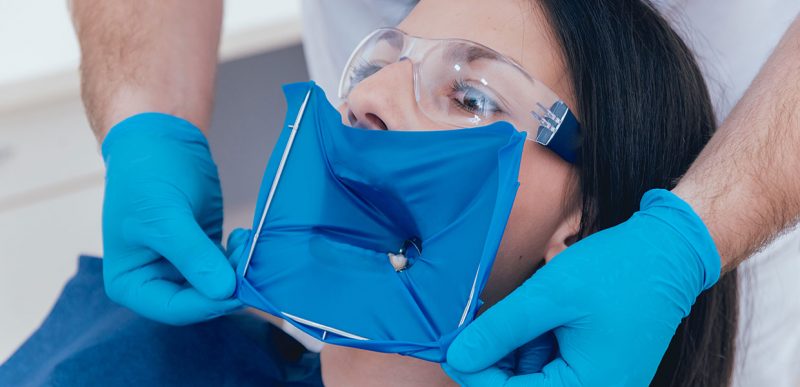
One of the major challenges in any dental procedure is isolation of the working area from saliva and blood. Another difficulty is caused by surrounding structures like tongue, buccal mucosa, facial mucosa, lip, and adjacent teeth. Several methods are used to prevent contamination by adequate isolation and retraction techniques.
Dental Dam lets you focus on where it is most required!
Rubber dam is a revolutionary product which needs to be incorporated in every dental practice to achieve enormously better results and an absolutely isolated obstruction-free working area.
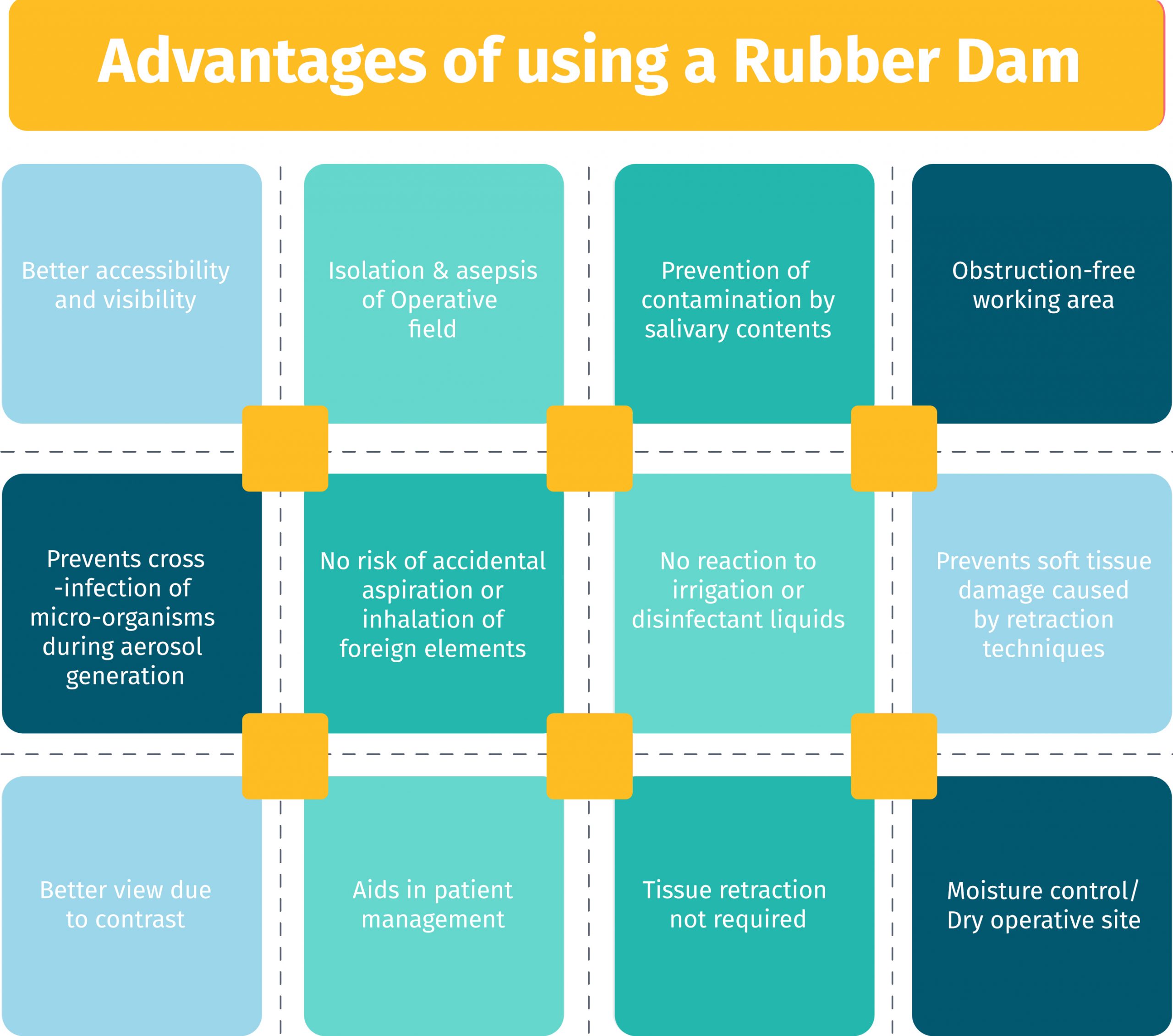
It significantly aids in preservation of aseptic protocol as dissemination of micro-organisms to the environment gets greatly reduced. Although it’s an undoubtedly fantastic way to maintain asepsis, dental clinicians have always found it a challenge to incorporate dental dams proficiently in their daily practice. The process of placing a dental dam rightly has been considered cumbersome and time consuming.
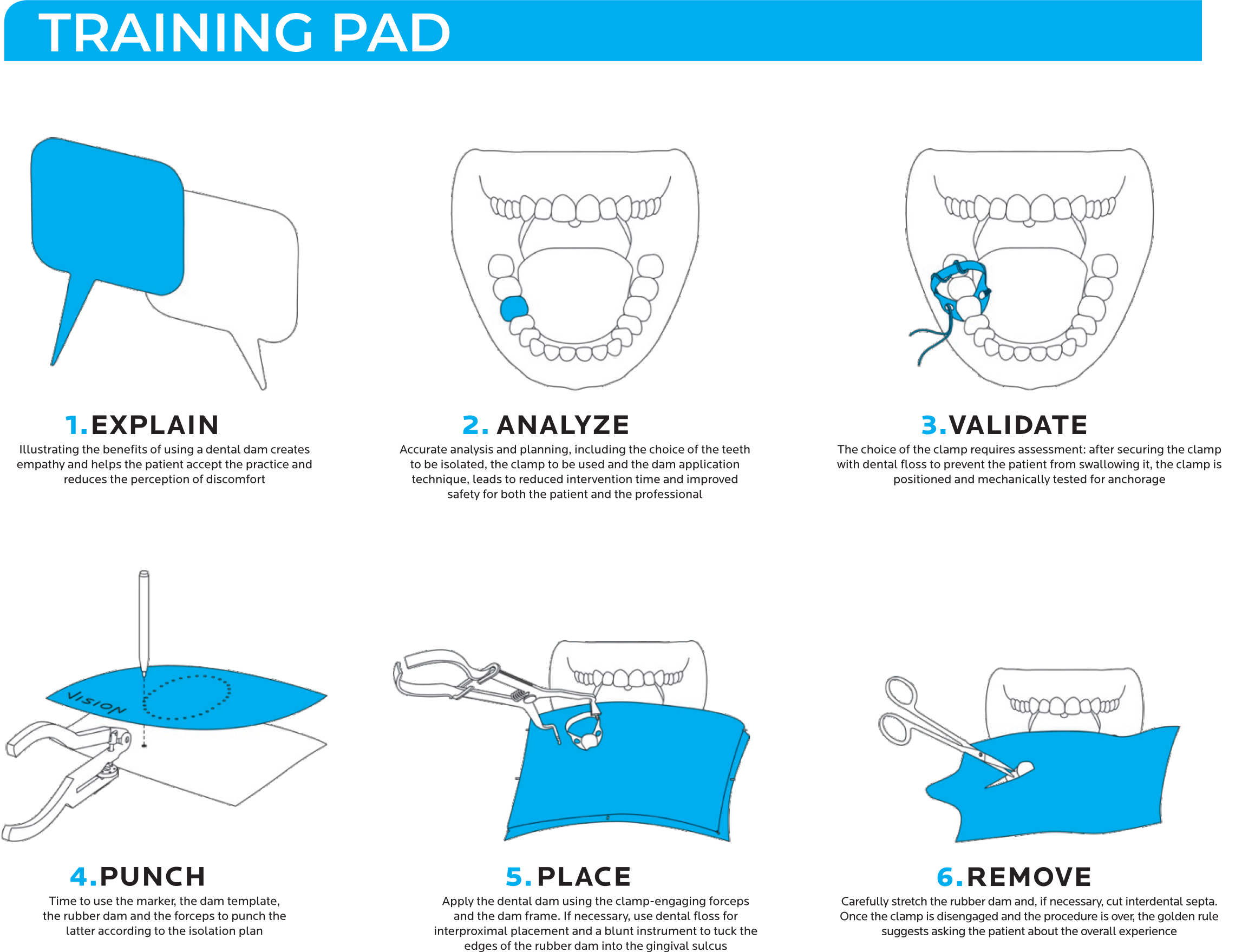
Having the invisible enemy COVID-19 around us, rubber dams have proved to be saviors. Covid19 virus being highly contagious and after we know that it gets more rapidly transmitted like an airborne infection via aerosols, dentistry faced ultimate fear as the battleground for dental clinicians is oral cavity and most procedures lead to aerosol generation.
Among few other precautionary measures undertaken like PPE and extraoral suction, usage of dental dam plays a significant role in keeping the highly contagious virus at bay. It segregates the tooth to be operated from all the surrounding structures and oral fluids. Considering a possibility where the patient could be carrying Corona virus, aerosols generated during the process would not contain patient’s saliva which is a potential carrier of the infection.
Dental dam efficiently isolates us from the internal environment of the patient and yet we get to work on the requited operative area with negligible chances of contamination via aerosols. The aerosols produced while using a handpiece or water syringes do not get in contact with saliva and other oral fluids.
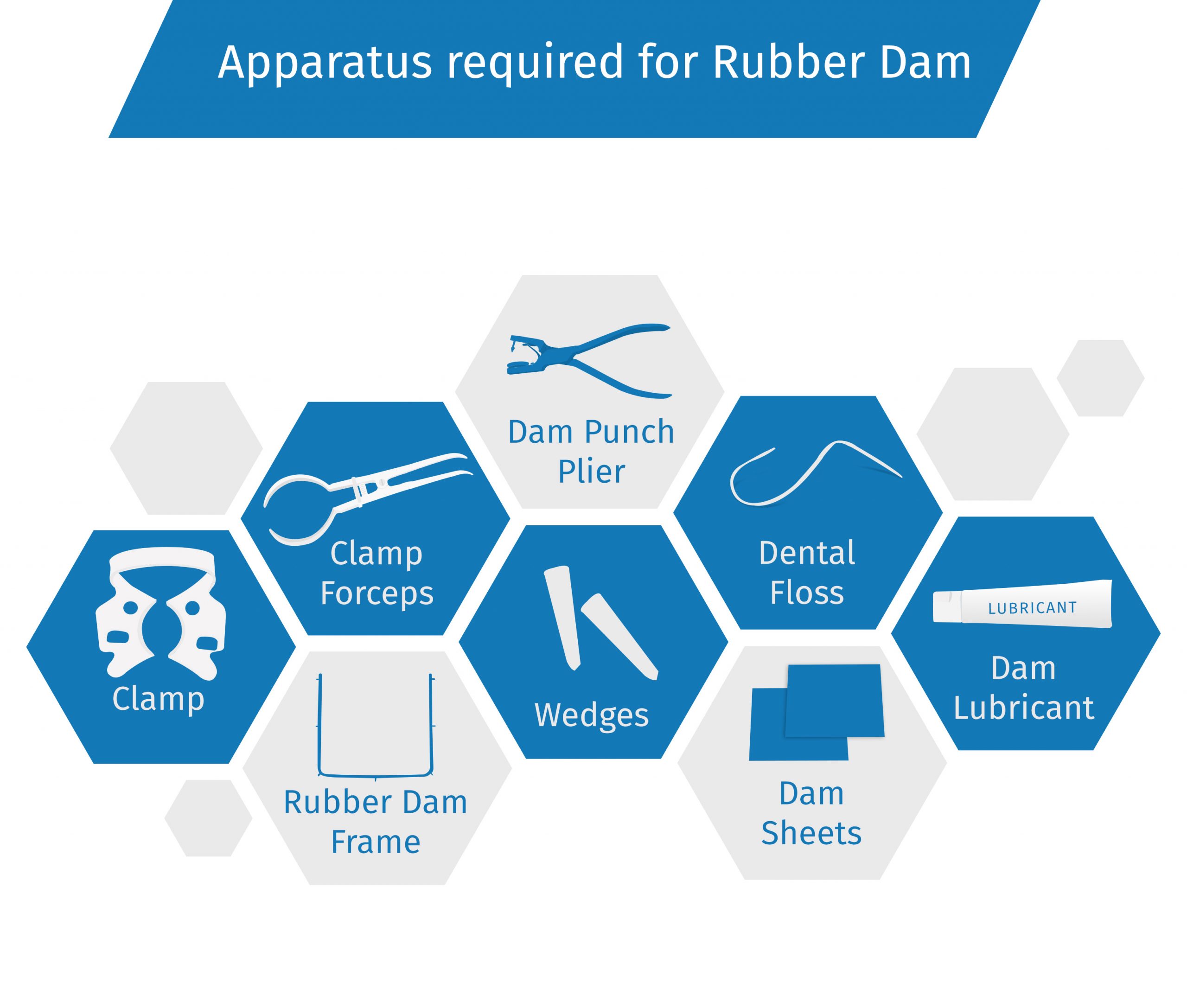
About the clamps:
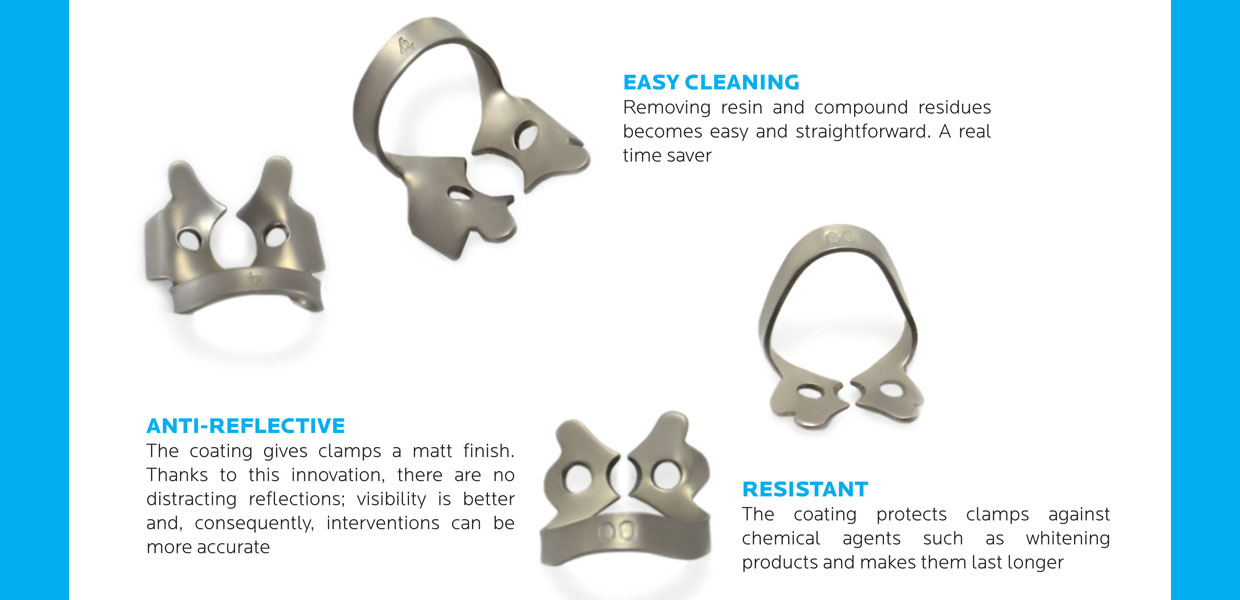 Rubb
Rubb
Educate patients on the importance and phenomenal results of a dental dam to develop their acceptance towards it. It is crucial to convince a patient for the use of rubber dam to avoid his/her objection during the clinical procedure.
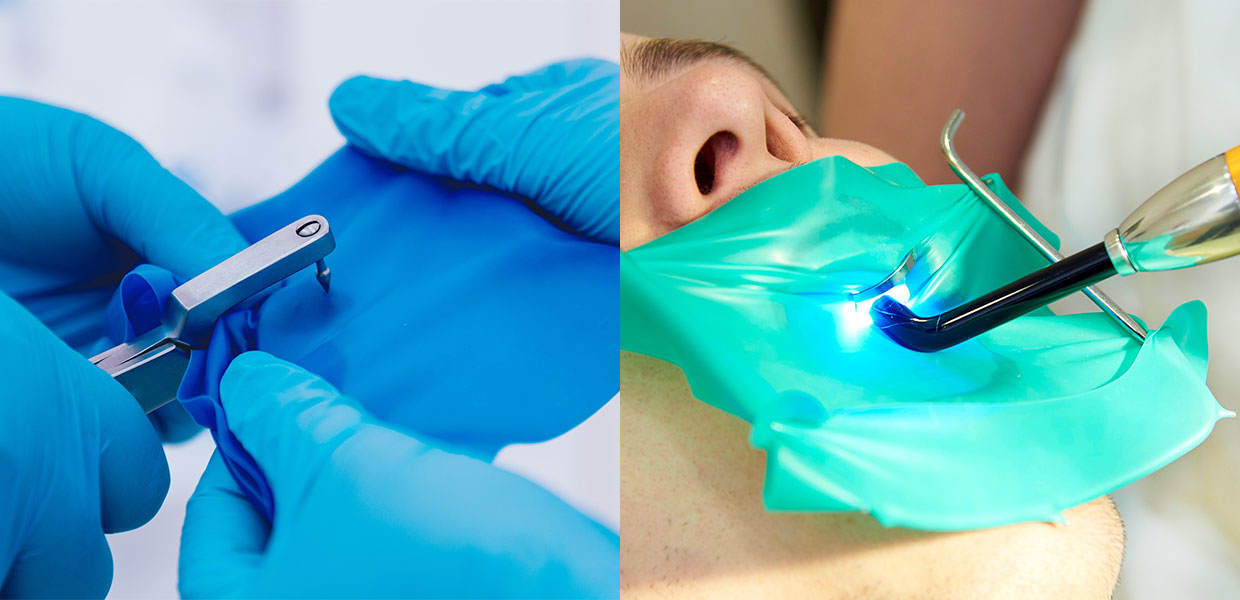
There are newer options available these days which do not require much hassle of punching and putting clamps after recommended autoclaving procedure. It seems like a tedious job to place a rubber dam; manufacturing companies are working on new ways to simplify the process as much as possible.
Apart from the clumsy process, there was also a fear of aspiration of clamps which was taken care of by attaching floss to the clamps. For example, Optradam and Optragate are rubber dams launched by Ivoclar which do not require any clamps.
They come in sterilized single packing, so no need for sterilization procedures. They are also pre-marked for punching holes which make them all the more user-friendly. Derma dam, Insta dam and liquid/opal dam are few other advancements in dental dams.
Various brands/types available in the market today:
One must be aware of situation where a dental dam is not recommended like in case of asthmatic patients or with similar respiratory problems. Naso-pharyngeal airway cannot be obstructed even in patients who are mouth breathers or are having psychological issues like claustrophobia.
Medical history must also include asking for any allergy to latex or silicone. Besides these possibilities, another limitation to implementation of rubber dams is the malalignment of teeth or in the case of third molars.
C. Barnum of New York city brought up the idea using a rubber sheet in 1864 and later implied that, “It’s hard to believe that a sheet of rubber can make you feel more comfortable about dental treatment and allow us to do better dentistry but, rubber dam can.”
Major infection pathways like direct contamination and airborne transmission can both be inhibited using a rubber dam in dental procedures. A method which was earlier found easily skippable by the dentists has now found an important place in their practice. Hopefully, the situation-driven habit would retain forever, considering its benefits.
Nonetheless, it’s never too late to opt for good things in life!

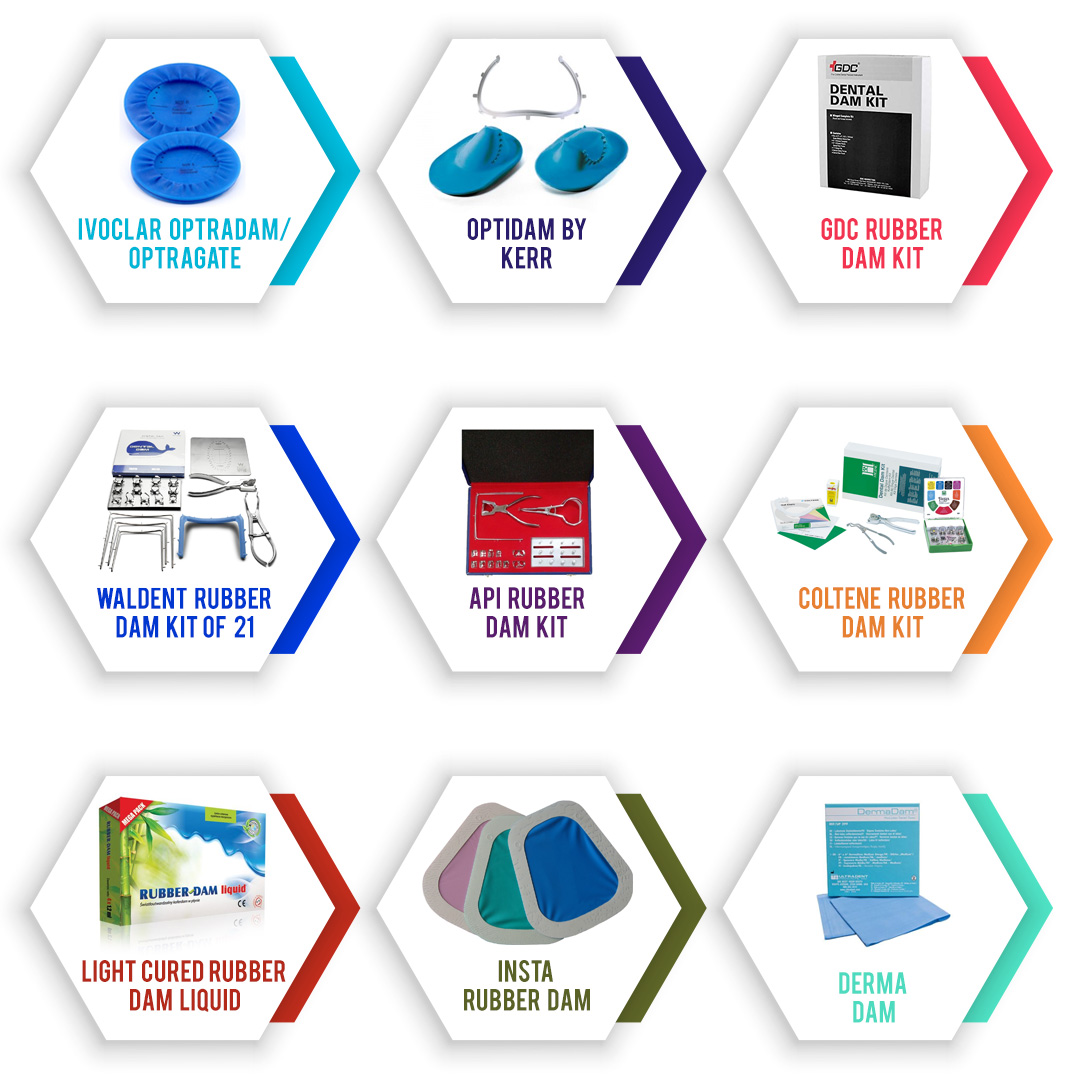
No Comment